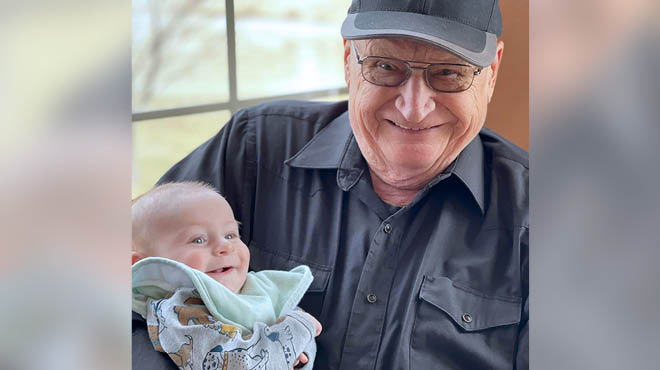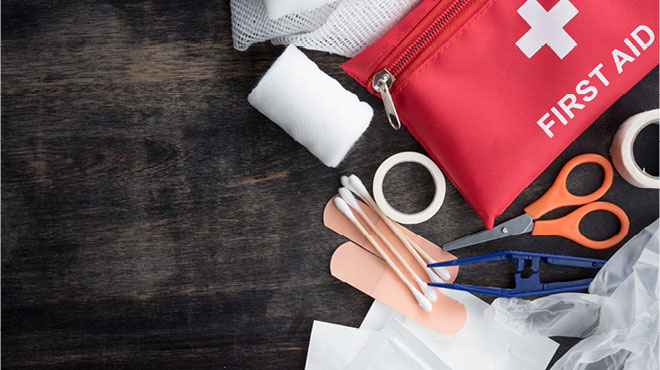Recent Posts
Blood donation: Simple, selfless act to save lives

It's not often you have the opportunity to do something simple that can save another person's life. But that's what occurs every time you donate blood. Every blood donation can help save or improve the lives of at least three people.
Physician-scientists have built incredible, medications over the past years, but donated blood products continue to provide proteins and clotting factors different from anything manufactured in a lab or designed in a pharmacy. In many clinical situations, no suitable alternatives are available to replace blood products, which continue to be lifesaving and life-changing. There is no gray area about it — blood products save lives.
How the blood donation process works
The voluntary donation process is quick and easy. You can donate at a community blood center or local drive. You will be asked to complete a confidential medical history that includes questions about behaviors known to carry a higher risk of bloodborne infections. You also will undergo a brief physical exam that includes checking your blood pressure, pulse and temperature. A blood sample is taken from a finger prick and is used to check hemoglobin level, which is the oxygen-carrying component of your blood. You can donate blood if your hemoglobin concentration is within the typical range and all other screening requirements are met.
If you're unsure if you're a candidate to donate blood, contact a local blood collection agency to determine eligibility.
The most common type of donation is about a pint of whole blood, which is separated into these three components:
- Red blood cells
This is the component of blood that you may think of because these cells give blood its distinctive red color. These are the cells that provide oxygen to your body's tissues. Red blood cells are used when a person is bleeding and needs blood replenished. - Platelets
They are used to prevent or stop active bleeding. - Plasma
This is the liquid portion of your blood. Plasma, which is full of clotting factors, is used to stop bleeding.
How blood products are used in healthcare
Blood products are used daily in healthcare as one of the most powerful, necessary interventions possible, with someone in the U.S. needed blood products every two seconds. This always will be true because there are so many reasons why people need blood, such as ensuring safety during surgery, and treating chronic diseases, such as kidney failure, anemia and cancer. Providing blood products to critically injured trauma patients saves lives daily and is particularly important for patients taking blood thinning medication, such as warfarin.
Mayo Clinic Health System stocks blood products in all hospitals with an Emergency Department, including small, rural hospitals. Blood products also are stocked in the Mayo One medical helicopter at all times so patients who require transfusions can receive this lifesaving intervention right away.
Common concerns about donating blood
Less than 3% of eligible Americans are estimated to donate blood each year. That's a problem because the need for blood products remains constant.
There are three main reasons why people don't donate regularly:
- Infection
Some people are concerned that a donation will put them at risk for infection. A new sterile collection set, including the needle, is used for each donor. That means there is no risk of getting an infection or disease from needle use when donating blood. - Worsening medical conditions
Others worry that donating will wear them out or worsen an existing medical condition. Each person is screened and evaluated carefully to ensure they can donate blood safely. A typical donation is about one pint of blood, and your body has between 10 and 12 pints. Your body continually makes new blood products, and you have more than enough remaining after donating to transport nutrients and oxygen throughout your body and fight infection. - Needles
Some people are worried about seeing blood or needles during the donation, as these sights can cause uneasiness. You don't need to watch the needle being inserted or see any blood during the donation process. Many people bring mobile devices or books to keep their focus elsewhere during their donation time.
Many healthcare facilities face critical shortages of blood products. Donating blood is one way you can become involved in your community and help patients in need of blood products. Find a blood drive in your area.
Allison Humes is a physician assistant in Hematology and Oncology in La Crosse, Wisconsin.




